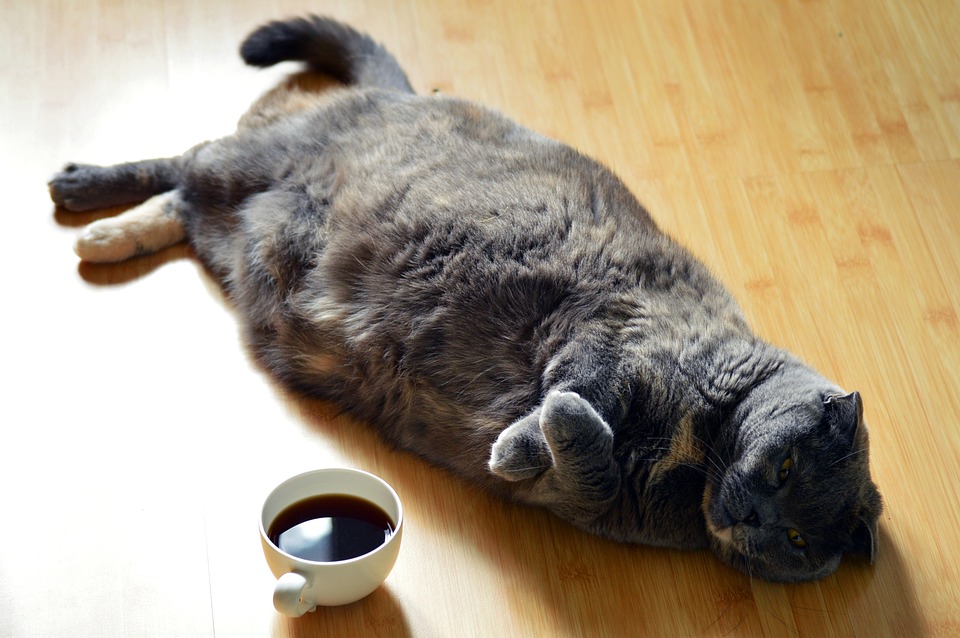Title: Providing a Balanced and Nutritious Diet for Your Cat’s Specific Needs
Introduction:
Maintaining a balanced and nutritious diet is crucial for your feline friend’s overall health and well-being. As a responsible cat owner, it’s essential to understand your cat’s specific dietary requirements to ensure they receive the necessary nutrients for optimal health. In this article, we will guide you through the process of providing a well-rounded diet for your cat, tailored to their individual needs.
I. Understanding Your Cat’s Nutritional Requirements
A. Essential nutrients for cats: proteins, fats, carbohydrates, vitamins, and minerals
Cats are obligate carnivores, meaning they require a diet rich in animal proteins. Additionally, fats, carbohydrates, vitamins, and minerals play vital roles in their overall health and development. Understanding the importance of each nutrient will help you make informed decisions about your cat’s diet.
B. Determining the ideal caloric intake for your cat
Calculating your cat’s ideal caloric intake based on their age, weight, activity level, and overall health is crucial to prevent overfeeding or underfeeding. Consult your veterinarian for an accurate assessment and feeding recommendations.
C. Knowing the importance of water intake for feline health
Cats have a low thirst drive, and many do not consume enough water. This can lead to dehydration and various health issues. Providing fresh water and incorporating wet cat food into their diet can help increase their water intake.
II. Choosing the Right Cat Food
A. Wet vs. dry cat food: pros and cons
Both wet and dry cat food have their advantages and disadvantages. Wet food provides hydration and tends to be more palatable, while dry food promotes dental health and is more convenient. A combination of both can offer a balanced diet.
B. Reading cat food labels: understanding the ingredients
Understanding how to read cat food labels is essential in selecting a high-quality product. Look for named animal proteins as the first ingredient, avoid artificial additives, and ensure the food meets the Association of American Feed Control Officials (AAFCO) standards.
C. Identifying high-quality cat food brands
Researching and identifying high-quality cat food brands that prioritize animal protein, avoid fillers, and use natural ingredients is crucial. Look for brands with a proven track record and positive customer reviews.
D. Considering homemade diets for cats: benefits and precautions
Homemade diets allow for complete control over ingredients and can be beneficial for cats with specific dietary needs. However, it is essential to consult with a veterinarian or veterinary nutritionist to ensure the diet is balanced and meets all nutritional requirements.
III. Meeting Specific Dietary Needs
A. Age-specific dietary requirements: kittens, adult cats, and senior cats
Kittens, adult cats, and senior cats have different nutritional needs. Kittens require more protein and calories for growth, adult cats need a balanced diet for maintenance, and senior cats may benefit from specialized diets that support their aging bodies.
B. Catering to cats with allergies or food sensitivities
Some cats may have allergies or food sensitivities, often manifested through skin issues or gastrointestinal problems. Identifying and eliminating the allergen from their diet is crucial, and hypoallergenic or limited ingredient diets can be helpful.
C. Addressing health conditions through diet: obesity, diabetes, kidney disease, etc.
Certain health conditions, such as obesity, diabetes, or kidney disease, can be managed or improved through diet. Consult with your veterinarian to develop a specialized diet plan that addresses your cat’s specific health needs.
D. Special considerations for indoor vs. outdoor cats
Indoor and outdoor cats have different lifestyles and may require different diets. Outdoor cats may have higher energy requirements and need additional nutrients. Discuss with your veterinarian to determine the best diet for your cat’s lifestyle.
IV. Feeding Guidelines and Best Practices
A. Establishing a feeding routine: frequency and portion control
Establishing a consistent feeding routine that includes appropriate portion sizes is essential. Feeding your cat at regular intervals helps maintain a healthy metabolism and prevents overeating.
B. Avoiding overfeeding and obesity risks
Overfeeding can lead to obesity, which can have serious health consequences for your cat. Follow the recommended portion sizes and monitor your cat’s weight regularly to prevent overfeeding.
C. Transitioning between different cat food types or brands
When transitioning your cat to a new diet, do so gradually over a week or two to avoid upsetting their stomach. Mix increasing amounts of the new food with decreasing amounts of the old food to help them adjust.
D. The role of treats in a balanced diet: moderation is key
Treats should be given sparingly and should not exceed 10% of your cat’s daily caloric intake. Opt for healthy, cat-friendly treats and avoid sharing human foods that can be toxic to cats.
V. Frequently Asked Questions (FAQs)
Answering commonly asked questions about feeding cats, including topics such as feeding frequency, raw food diets, vegetarian diets, preventing overweight, toxic human foods, transitioning diets, supplements, food allergies, and free-feeding vs. scheduled meals.
Conclusion:
By understanding your cat’s specific nutritional needs and making informed choices about their diet, you can ensure their overall health and longevity. Remember, consulting with your veterinarian is always beneficial when tailoring a diet plan for your cat. With a balanced and nutritious diet, your feline companion will thrive and enjoy a happy, healthy life by your side.








